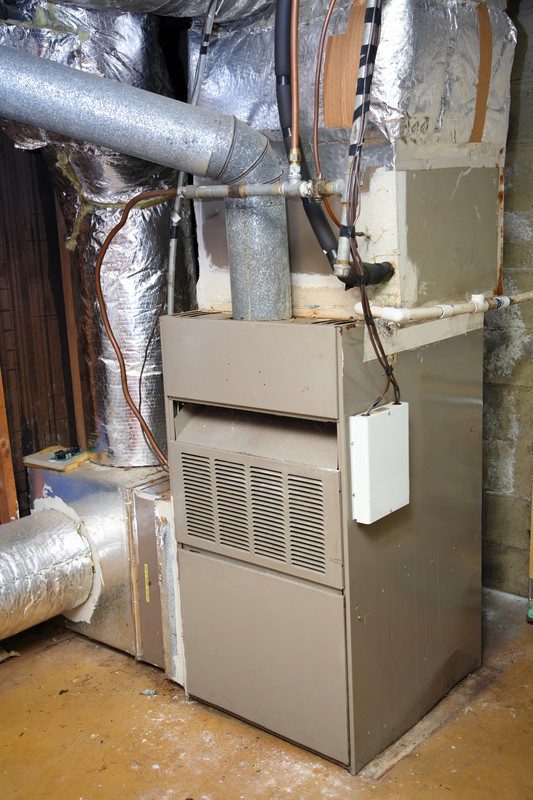Plan to Avoid the Pitfalls of Incorrect Furnace Installation

Even a quality furnace only has so many years of life heating your home. At some point, you’ll be faced with having to replace an old furnace. If you don’t have a game plan in place for this important household upgrade, you could end up having to make a hasty decision, ending up with an inefficient, balky heating system that just isn’t up to doing the job.
In this blog, we’ll explore how to maximize your chances of replacing a dying furnace with a heating system that will provide efficient and effective heat for many years into the future.
Sizing: An All-Important Factor
Arguably, sizing a heating (or cooling) system is more important than the brand you select. If you’re working with a respected local HVAC contractor, they almost certainly will carry top-line furnace and other heating system brands in stock. Likewise, they’ll have professional technicians on staff who are keenly aware of the importance of sizing a furnace to fit the size and circumstances of your home.
It might seem counter-intuitive, but over-sizing a heating system for a home can be just as bad as under-sizing one. The problem with installing a furnace that’s too small is obvious; it will struggle to provide adequate heat. However, a furnace that’s too large for a home will waste energy as it short cycles throughout the day. This happens when equipment with a high capacity kicks on and quickly satisfies the thermostat setting, then turns off. Throughout the day as it’s repeating this process, the furnace will waste energy, stress mechanical parts, provide unbalanced heating, and insufficiently filter indoor air. (The most energy is expended as a furnace kicks on and ramps up.)
How Is the Proper Furnace Size Determined?
With modern HVAC technology, there’s a right way and a wrong way to size a furnace for a residential setting. The wrong way is to use an outmoded “rule-of-thumb” method such as tying a recommended furnace capacity to square footage without considering other factors. Similarly, just replacing the old furnace with one of the same size or capacity isn’t necessarily going to work, due to evolving efficiency standards and home weatherization. In this day and age of weatherized homes and higher efficiency equipment, a smaller-capacity furnace is likely to rival the performance of your old, larger furnace.
When it’s time to size your new combustion furnace, you should work with a respected professional HVAC installer who has the experience and technical knowledge to get it right.
Correctly sizing a residential gas furnace should take into account a wide range of factors in addition to your home’s cubic footage and layout. While the number of floors is a major factor, other important factors include the level of air sealing and insulation in the home, the amount and type of window coverage, how the home is situated on its lot (is it shaded by trees?), whether some rooms have vaulted ceilings, and the climate outside, among other factors.
Professional HVAC contractors now use high-tech procedures for determining what size furnace to install in a home (and the same goes for heat pumps and ACs). They likely will use the Air Conditioning Contractors of America (ACCA) heating load calculation software, Manual J, to calculate the home’s heating load before recommending a certain furnace capacity. (Simply explained, the heating load is the amount of heat required to make a home comfortable.) This calculation takes into account the aforementioned factors in order to recommend the correct size furnace for your home.
Other Decisions Will Have to Be Made
You’ll also need to decide, with help from your HVAC technician, what efficiency level is right for your home and budget. We say “budget” because not surprisingly, the higher the efficiency of a furnace the higher the cost. A high-efficiency heating system will use less fuel or power to achieve the same result as a lower-efficiency system, saving you money on energy bills.
The climate where you live should influence any decision on the efficiency level of your new heating system, since the more you expect to use a furnace or heat pump (a lot in a cold climate; not as much in a warmer climate) the more savings you’ll reap on your monthly energy bills. Consequently, it doesn’t make good economic sense to invest in a super high-efficiency furnace if you live in Arizona or Florida. Ohio, New Hampshire and Michigan are another matter entirely.
